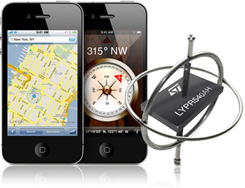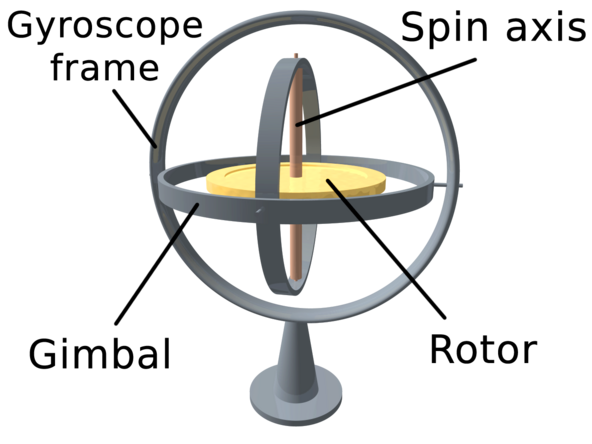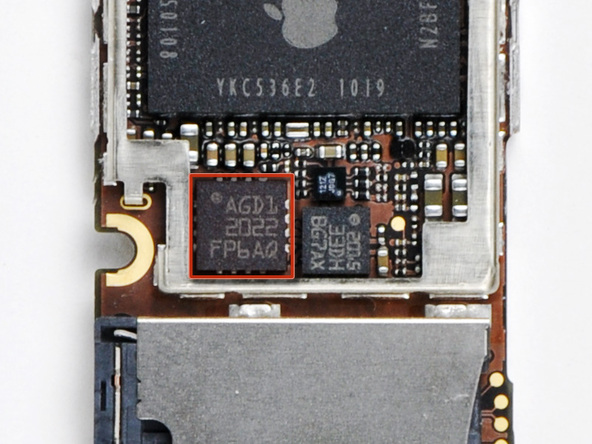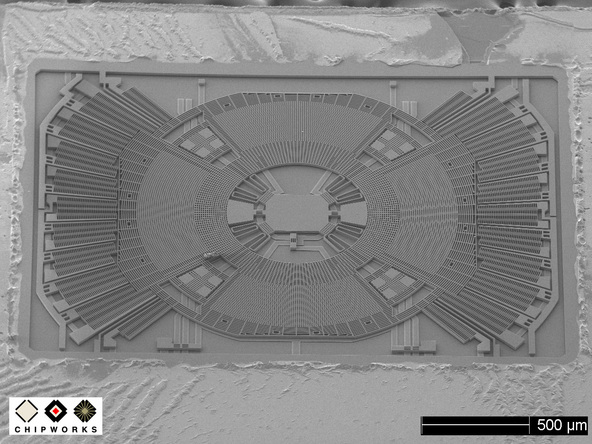 Gyroscopes can be very useful tool because they move in peculiar ways anddefy gravity. Gyroscopes have been around for a century now, and they are now used everywhere from airplanes, toy helicopters to smartphones.
Gyroscopes can be very useful tool because they move in peculiar ways anddefy gravity. Gyroscopes have been around for a century now, and they are now used everywhere from airplanes, toy helicopters to smartphones.
Accelerometers were once the sole way of sensing smartphone’s orientation, motion. iPhone 4 changed the trend, making Gyroscope eternal part of today’s smartphones. Accelerometers work great in its own domain, but it doesnt address enough “degrees of freedom” to sense a Full 360 degree motion, orientation.
The explanation of “How Gyroscopes work” isnt that easy and this is the reason why most online tutorials have failed to explain the real behavior. When I first leant about it, the more I read, the more I was confused. Here is some basic explanation of how it works, its meant to be easy if you know basic Physics.
How Gyroscopes Work:
Gyroscope can balance on almost on any surface with single contact: It can be a finger or even a string. They can resist motion about the spin axis in very odd ways; but the most interesting effect is that gravity-defying part which is called Precession.
Newton’s first law of motion states that “a body on motion continues to move at constant speed, along a straight line, unless acted upon by an external/unbalanced force”. A rotating object has angular momentum that tends to rotate the object continuously. So Once the wheel of a gyroscope starts rotating, it resists any change in its axis of rotation (due to angular momentum). If we apply an external force that tries to change it, there is an opposite reaction (Newton’s 3rd law) that pushes it in the opposite direction. This force is always tangential (perpendicular), and because this point of the wheel is rotating, the force tends to balance itself in a circular motion, which also holds the gyroscope spinning against gravity with a single point of contact.
Here is a video that would make every bit of the above explanation clear:
iPhone’s Digital Gyroscope:
Of course, Gadgets cant afford to have a spinning wheel, it would be way too powerhog and huge. Smartphones employ a electronic stripped down version which essentially works on the same concepts, but in a slimmer, meaner packages.
A microelectromechanical system (MEMS) is an embedded system that integrates electronic and mechanical components at a very small scale. A basic MEMS device consists of an ASIC and a micro-machined silicon sensor. The AGD1 2022 FP6AQ chip found in the iPhone 4 is a MEMS gyroscope, designed by STMicroelectronics.
MEMS gyroscope found inside the iPhone 4 is nearly identical to an off-the-shelf STMicroelectronics L3G4200D gyroscope. It comprises of of a plate, called the “proof mass,” that vibrates (oscillates) when a drive signal is applied to set of drive capacitor plates. When a user rotates the phone, the proof mass gets displaced in the X, Y, and Z directions by Coriolis forces. An ASIC processor senses the proof mass’ displacement through capacitor plates located underneath the proof mass, as well as finger capacitors at the edges of the package.
The V654A ASIC die converts the tiny capacitive signals from the GK10A MEMS die into a digital signal which is fed into the iPhone 4. Then this data is used to steer the wheel of the car in the Game, etc.
Its complex in implementation, the design involves high precision design & electronics.
For more Research, Tips n Tricks, Android, Gaming, Tech News, catch us @taranfx on Twitter.
loading...
loading...



